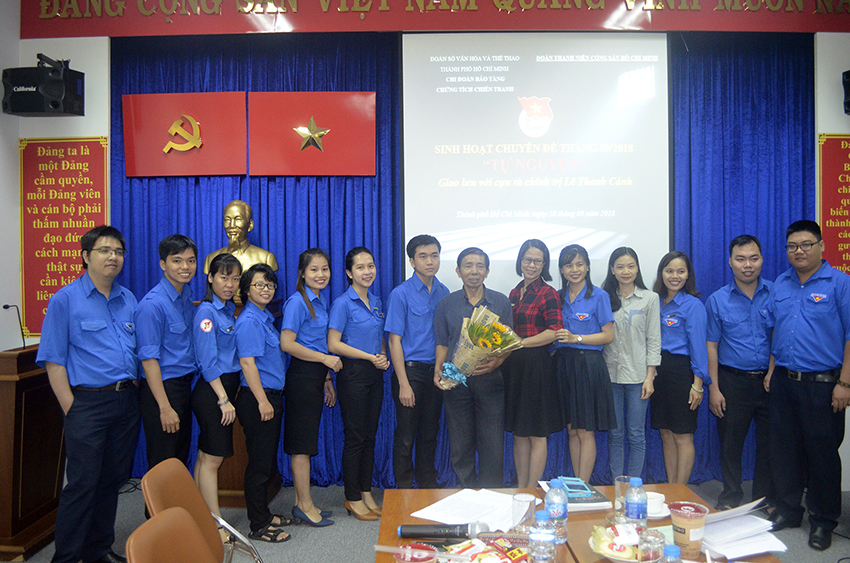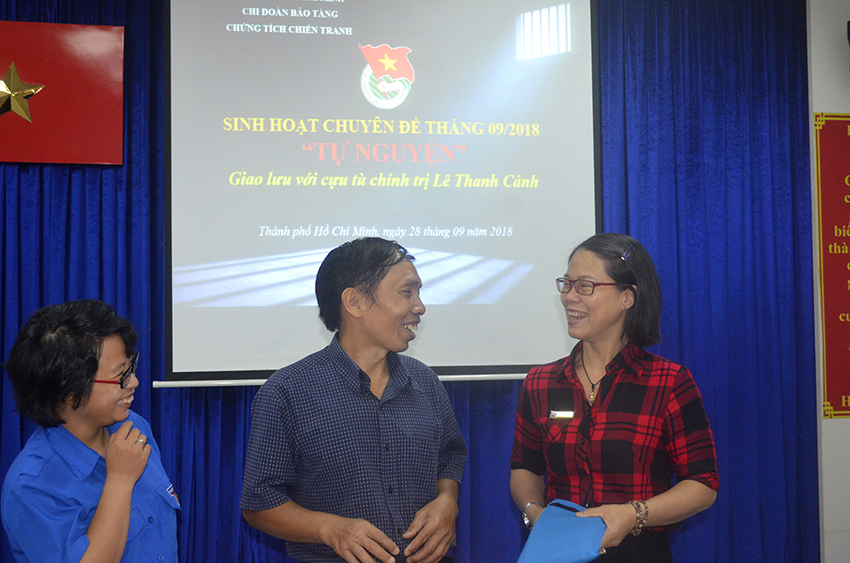Tens of thousands of patriotic soldiers permanently laid in rest on Con Dao Island. After being released, many others have become living witnesses of the struggle history of Vietnam’s liberation.
Con Dao Island, a tourist paradise that possesses beautiful beaches of unspoiled and peaceful features, and a National Park with rich and diverse flora and fauna. However, in the years of the resistance war against the French and the American troops, Con Dao was dubbed the “Hell on Earth” because this prison made the whole world shock and resent harsh detentions for jails and isolation cells, etc. as well as various brutal tortures from the prison guards to suppress both the body and the will of revolutionary fighters. However, with the deep patriotism and strong determination, our former generations struggled bravely for the current independence and freedom of Vietnam and its people.
In the second half of the year, based on the key points in the Youth Union’s operation, issued by the Executive Committee of the Youth Union of Ho Chi Minh City Department of Culture and Sports, the Youth Union of the War Remnants Museum organized a seminar entitled “Being Voluntary” on the morning of September 28, 2018. The program had several activities, including: games to learn about typical youth figures in the resistance war against the French and the American troops, music performances, and especially an exchange with former political prisoner Lê Thanh Cảnh. As a patriotic soldier with a voluntary spirit and devotion for the nation defense, he did not succumb to the harsh regime of various prisons such as Chi Hoa Prison, Con Dao Prison, Dalat children’s Prison, and Tan Hiep Prison, etc. . .
The seminar took place in a warm atmosphere. Attendants enjoyed stories and exchanges about the glorious and arduous national liberation struggle that patriotic soldiers experienced in imperial prisons. Thereby, the members in the Museum’s Youth Union had a valuable opportunity to learn and consolidate their own knowledge about the former generations’ struggle for national independence; to foster their revolutionary ideals; to promote their learning and following Ho Chi Minh’s thought, morality and style; and then, to be fully aware of their responsibility and role in maintaining the former generations’ traditions and joining hands to develop the country as well as a strong Youth Union in the Museum.




